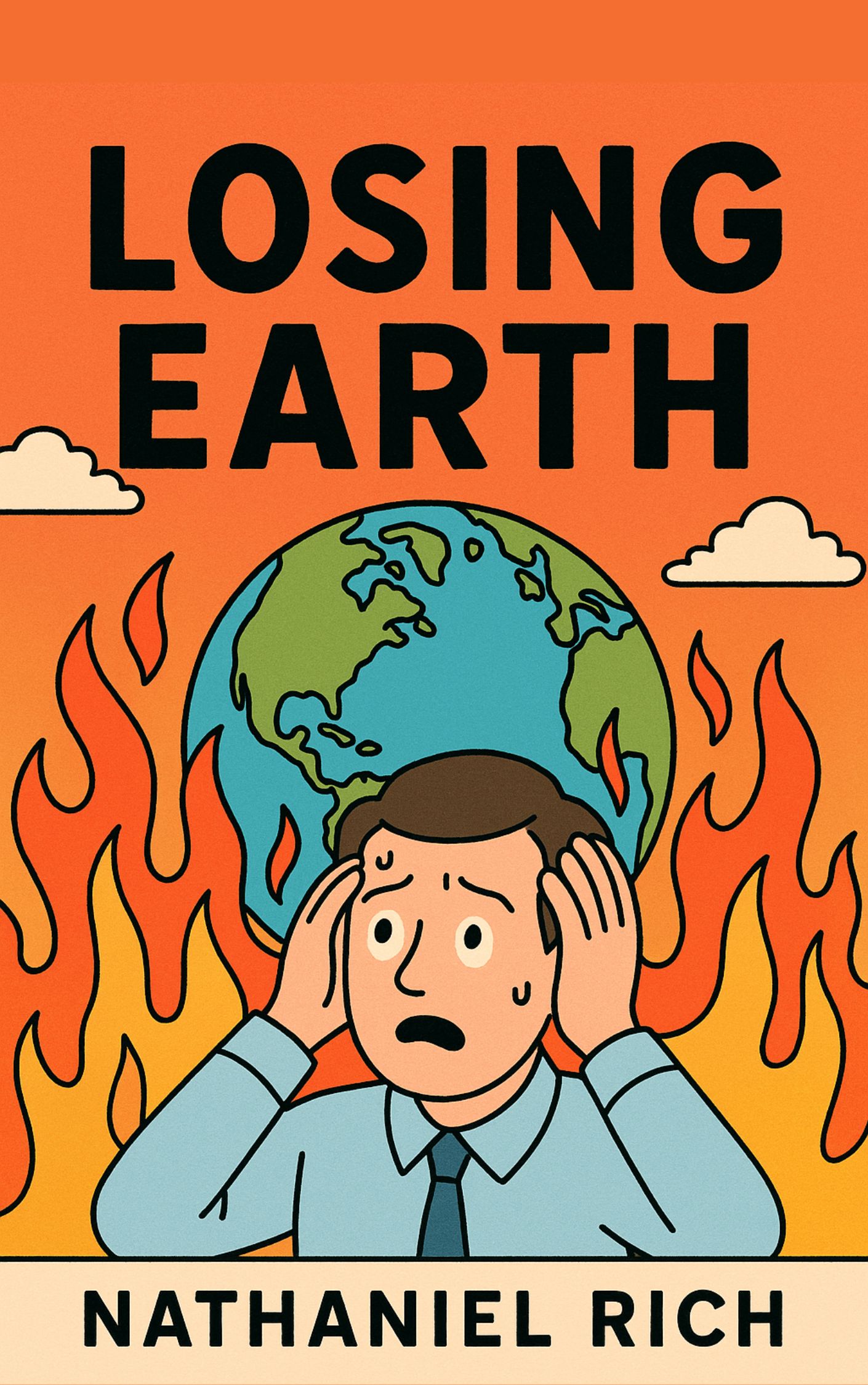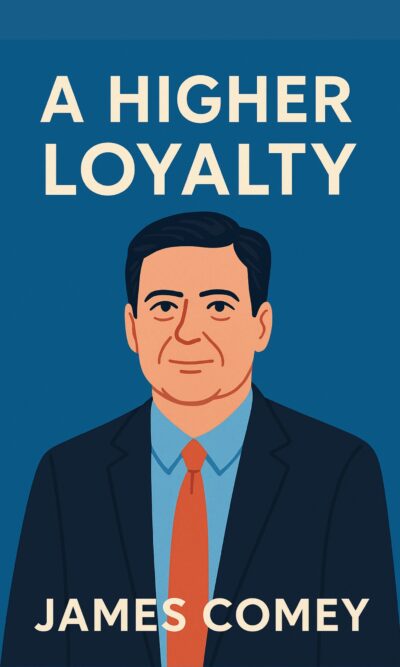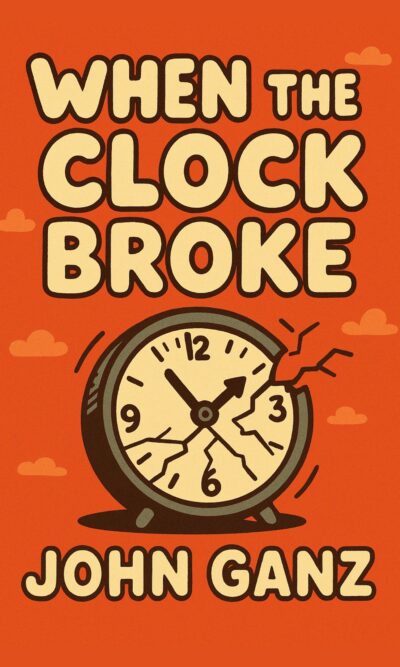Description
Since the late 1970s, scientists have known that human activity, especially the burning of fossil fuels, was increasing carbon dioxide in the atmosphere, causing the planet to warm. In 1979, at the first World Climate Conference in Geneva, experts made it clear that urgent action was needed to avoid disaster. Environmentalist Rafe Pomerance and scientist Gordon MacDonald pushed the US government to respond, sharing alarming reports with Congress and the president’s advisors. NASA’s Jim Hansen confirmed the predictions with detailed computer models, warning of a temperature rise of around three degrees if nothing changed.
Despite early recognition, political action stalled. In 1980, a national commission met in Florida to suggest solutions but failed to agree on strong policies. Proposals like a carbon tax and major investment in renewable energy faced resistance, especially from those worried about harming the fossil fuel industry. Oil companies like Exxon already knew their products could harm the climate but began preparing strategies to block regulation.
The election of Ronald Reagan in 1980 further slowed progress. His administration rolled back environmental protections and prioritized expanding fossil fuel production. In response, Pomerance worked with Al Gore to hold congressional hearings where Hansen and other scientists testified about the danger. While the hearings attracted media attention, no laws were passed, and Hansen’s research funding was cut.
In 1985, scientists discovered a hole in the ozone layer caused by chemicals like CFCs in aerosols and refrigerators. This crisis sparked global action, leading to the Montreal Protocol, a binding agreement to phase out CFCs. Environmentalists saw hope that similar coordinated efforts could address carbon emissions.
Momentum grew in the mid-1980s. Bipartisan interest emerged, and Pomerance convinced Republican Senator John Chafee to hold more hearings. In 1988, the US and the Soviet Union issued a joint statement about working together on climate change. That same year, Hansen testified again, calling for immediate action, and 46 nations met in Toronto to set a goal of reducing emissions by 20 percent by 2005.
But the fossil fuel industry fought back. Companies funded campaigns to question climate science and delay regulation, insisting that “more research is necessary.” Public awareness was high, and even George H. W. Bush campaigned on addressing climate change, but industry pressure and political caution eroded momentum.
In 1989, Hansen’s testimony to Congress was heavily edited by the White House to downplay the threat. Chief of Staff John Sununu actively blocked meaningful action, viewing environmental laws as government overreach. At a major UN climate meeting in the Netherlands, US delegates, under Sununu’s direction, disrupted talks and prevented any binding agreements.
From that point, climate change denial became entrenched in American politics. In the years since, the world has emitted more carbon than in all human history before 1989. The result is today’s accelerating climate crisis—a crisis that could have been slowed or even avoided if the warnings of scientists and the efforts of early activists had been taken seriously.





